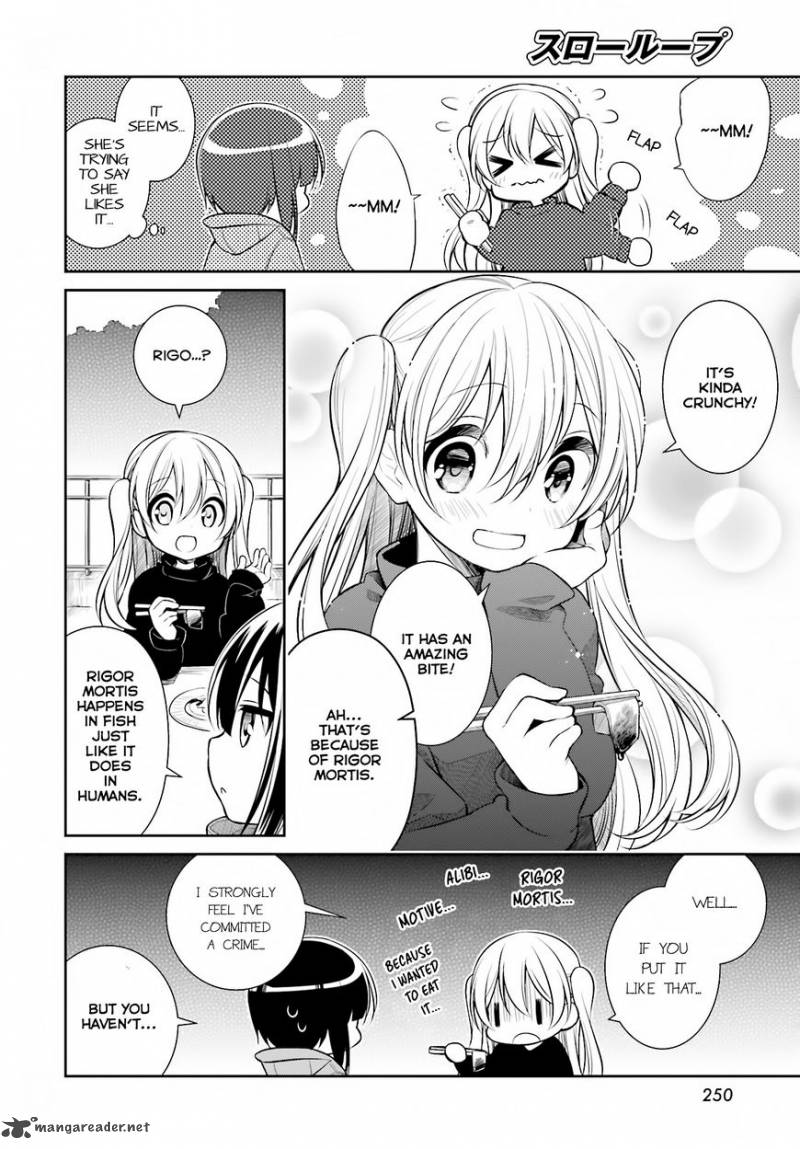

Uncomment hdmi_group and hdmi_mode and use the following numbers to set HDMI and 1080p at 60Hz as default (if you need a different default in the future it is simply a matter of updating with different values): Uncomment (delete the #) the line reading #hdmi_force_hotplug=1 Two quick changes to one config file: /boot/config.txt
#OMPLAYER LOOP CHAPTER INSTALL#
One can download and install it via aptitude: sudo apt-get install omxplayer config file changes OMXPlayer is the recommended command line video player for raspbian. Below are instructions for running the raspberry pi over the command line (via ssh or screen), also known as running "headless." omxplayer The Raspberry Pi is an excellent low-cost video looper, particularly for situations in which the video needs to "loop forever" and do so automatically on boot. Writing, Backing Up, and Cloning Raspbian (RPi) Images.The callback sends a single object containing position, duration and playStatus (either playing, paused or error).Note OMXPlayer is being "phased out" in favor of VLC, this tutorial assumes usage of Raspbian Buster Lite (Legacy), under which OMXPlayer is still available via aptitude pre-flight The onProgress callback is called every second (by default) or however often you need (just set progressInterval in settings). This is called when the clip finishes playing (and the omxplayer instance stops/quits). The onStart callback is fired once the clip has been confirmed to have actually started playback. It may take a few milliseconds for the clip to actually start playing after you call layer.open. ekAbsolute(milliseconds) Callbacks onStart ekRelative(milliseconds) Jump to point in file/seek relative to start point (absolute) Jump to point in file/seek relative to current position (-Inf to +Inf) If holdMode=true, then clip will immediately pause on load and set opacity to 0 (waiting for your command). If you try to open another clip while one is already playing, this will be logged and ignored. Layer.getCurrentVolume() Methods Open (play) a new clip Get volume as fraction of max (0.0 - 1.0) Get current position via D-Bus (if currently playing) in milliseconds. Layer.getCurrentDuration() Get position of current track/movie in seconds Properties Get duration of current track/movie in seconds disableOnScreenDisplay: boolean, false by default.layer: 1-infinity (2 is probably enough!) if omitted then clips will automatically player on layer 0.This should only be applied to layer 1, not higher layers, in order to avoid flickering.
#OMPLAYER LOOP CHAPTER FULL#
For example, if you want a full white background, use ffffffff and for full red use ffff0000, etc. backgroundARGB: a hexadecimal colour value for Alpha, Red, Green, Blue - this is an alternative to using the default black.blackBackground: boolean, false by default (careful enabling this when layering, or you might get strange intermittent screen blanking).128MB should be good 256MB might be better. If your player appears to quit video files without even trying to play them, you should try to increase the memory available to the GPU using sudo rasp-config > Advanced Options > Memory Split. This seems to be very dependent on file sizes, resolutions and data rates for the video files. Let's say you wanted to play a clip on layer 2. Assume that an array has been set up with 2 layers.


 0 kommentar(er)
0 kommentar(er)
